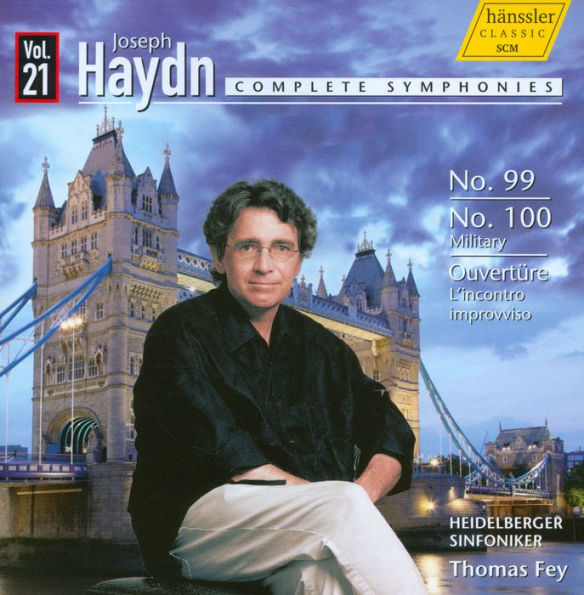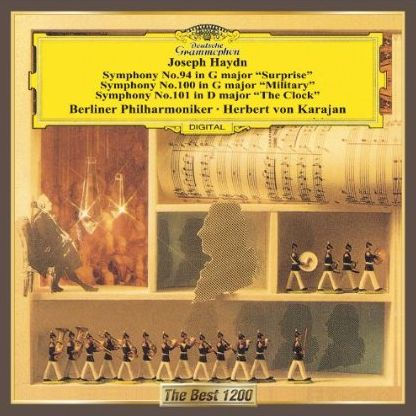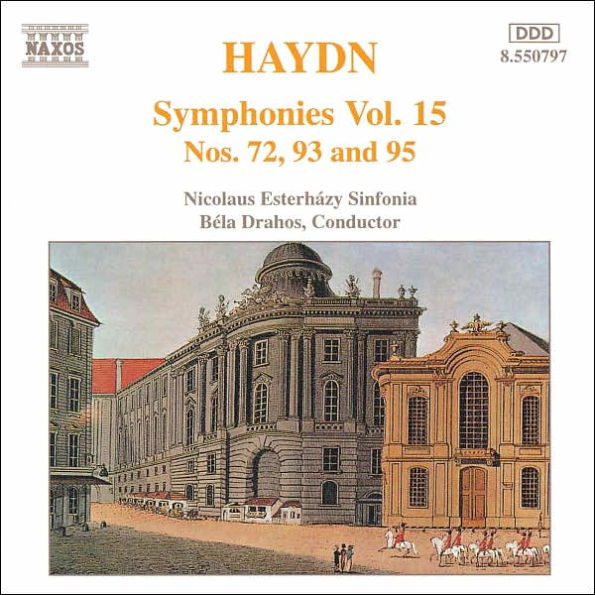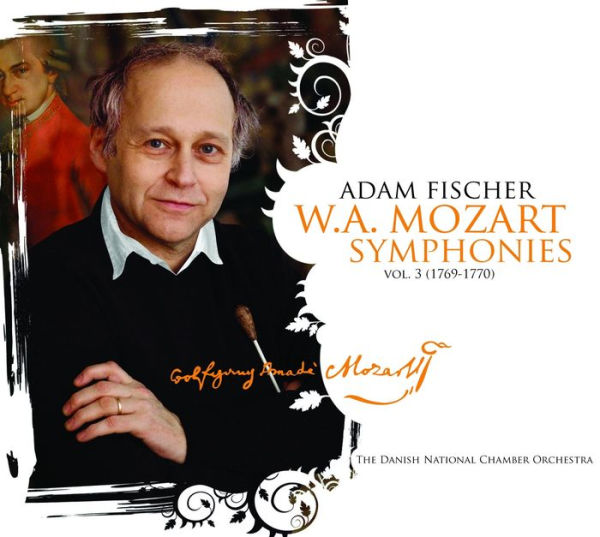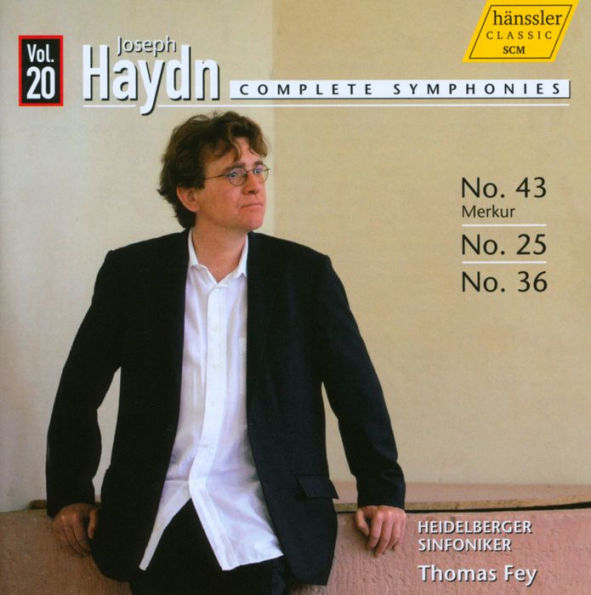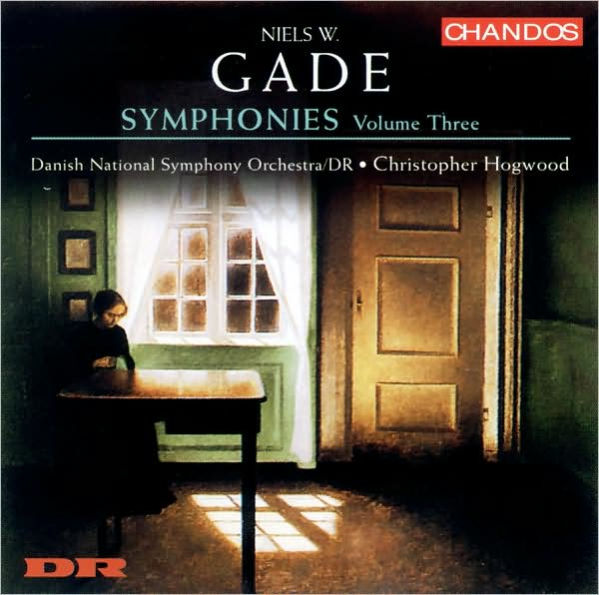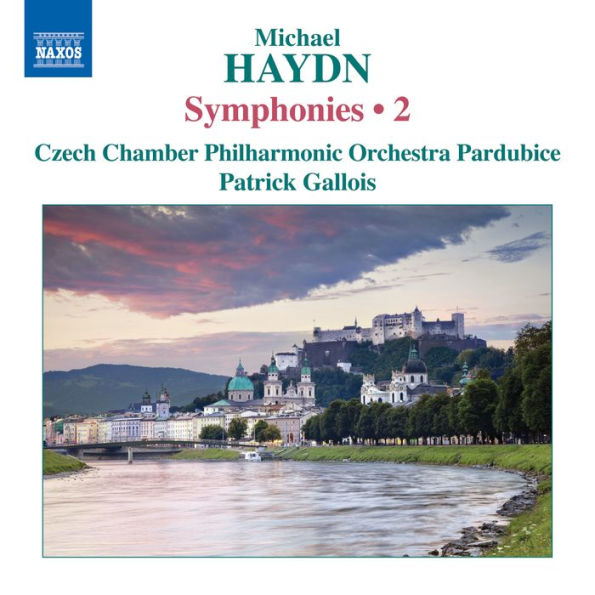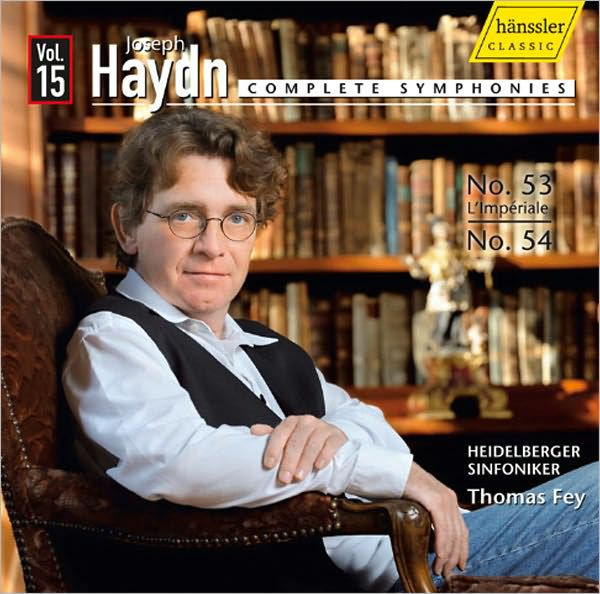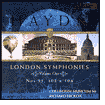Home
Haydn: Late Symphonies, Vol. 3 - Nos. 99, 100 'Military and 101 'The Clock'
Loading Inventory...
Barnes and Noble
Haydn: Late Symphonies, Vol. 3 - Nos. 99, 100 'Military and 101 'The Clock'
Current price: $21.99
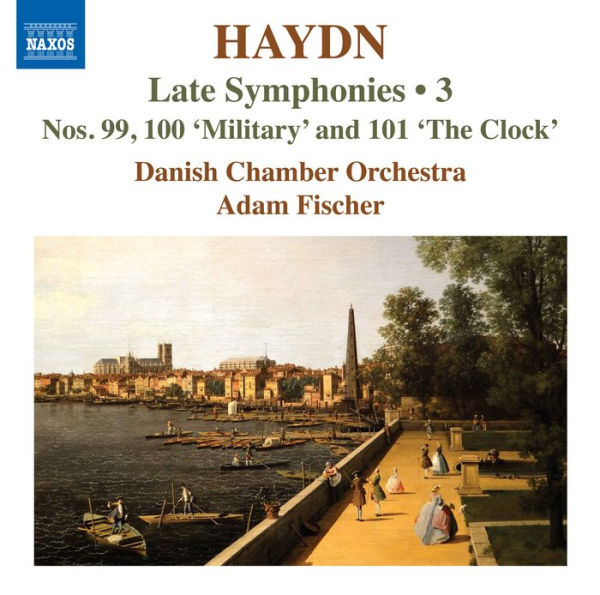

Barnes and Noble
Haydn: Late Symphonies, Vol. 3 - Nos. 99, 100 'Military and 101 'The Clock'
Current price: $21.99
Loading Inventory...
Size: OS
*Product Information may vary - to confirm product availability, pricing, and additional information please contact Barnes and Noble
This is the second major excursion into
Haydn
for veteran conductor
Ádám Fischer
, who recorded a
complete cycle of Haydn's symphonies
with his
Austro-Hungarian Haydn Orchestra
, mostly in the 1990s. He has returned with a new set of the last 25, of which the present release is the
third volume
, featuring works from the heart of
's triumphant trips to London.
Fischer
does not simply recycle earlier ideas. His new
shows the conjunction of three impulses and tendencies. First is that
, a master orchestra handler, has a wonderful level of control over the
Danish Chamber Orchestra
for many years; these are master classes in conducting for anyone listening. Second,
has contended that the atmosphere of
's celebrated London appearances had what would today be called a rock concert flavor, and his intent is to deliver performances with high impact. The
Symphony No. 100 in G major
lives up to its
"Military"
nickname with its percussion crashes. His tempos are generally quick, although he seems to have toned things down a bit this time (the "Clock" slow movement from the
Symphony No. 101 in D major
is brisk but is nothing like the blistering "Surprise" movement of the
Symphony No. 94 in G major
on the
first volume
). Likewise, his variations in the tempo, not usually thought idiomatic to Classical style, are less dramatic here, although they are still there. One can debate the overall flavor here, but these are certainly not dull performances. The third distinctive factor here is that although the
is not a historical instrument ensemble,
borrows certain moves from that tradition, including generally minimal vibrato, sharp attacks, and period bow strokes. These features support his general interpretation. With fine sound from the Royal Danish Academy of Music, this release is a highly listenable installment in an important
series. ~ James Manheim
Haydn
for veteran conductor
Ádám Fischer
, who recorded a
complete cycle of Haydn's symphonies
with his
Austro-Hungarian Haydn Orchestra
, mostly in the 1990s. He has returned with a new set of the last 25, of which the present release is the
third volume
, featuring works from the heart of
's triumphant trips to London.
Fischer
does not simply recycle earlier ideas. His new
shows the conjunction of three impulses and tendencies. First is that
, a master orchestra handler, has a wonderful level of control over the
Danish Chamber Orchestra
for many years; these are master classes in conducting for anyone listening. Second,
has contended that the atmosphere of
's celebrated London appearances had what would today be called a rock concert flavor, and his intent is to deliver performances with high impact. The
Symphony No. 100 in G major
lives up to its
"Military"
nickname with its percussion crashes. His tempos are generally quick, although he seems to have toned things down a bit this time (the "Clock" slow movement from the
Symphony No. 101 in D major
is brisk but is nothing like the blistering "Surprise" movement of the
Symphony No. 94 in G major
on the
first volume
). Likewise, his variations in the tempo, not usually thought idiomatic to Classical style, are less dramatic here, although they are still there. One can debate the overall flavor here, but these are certainly not dull performances. The third distinctive factor here is that although the
is not a historical instrument ensemble,
borrows certain moves from that tradition, including generally minimal vibrato, sharp attacks, and period bow strokes. These features support his general interpretation. With fine sound from the Royal Danish Academy of Music, this release is a highly listenable installment in an important
series. ~ James Manheim
